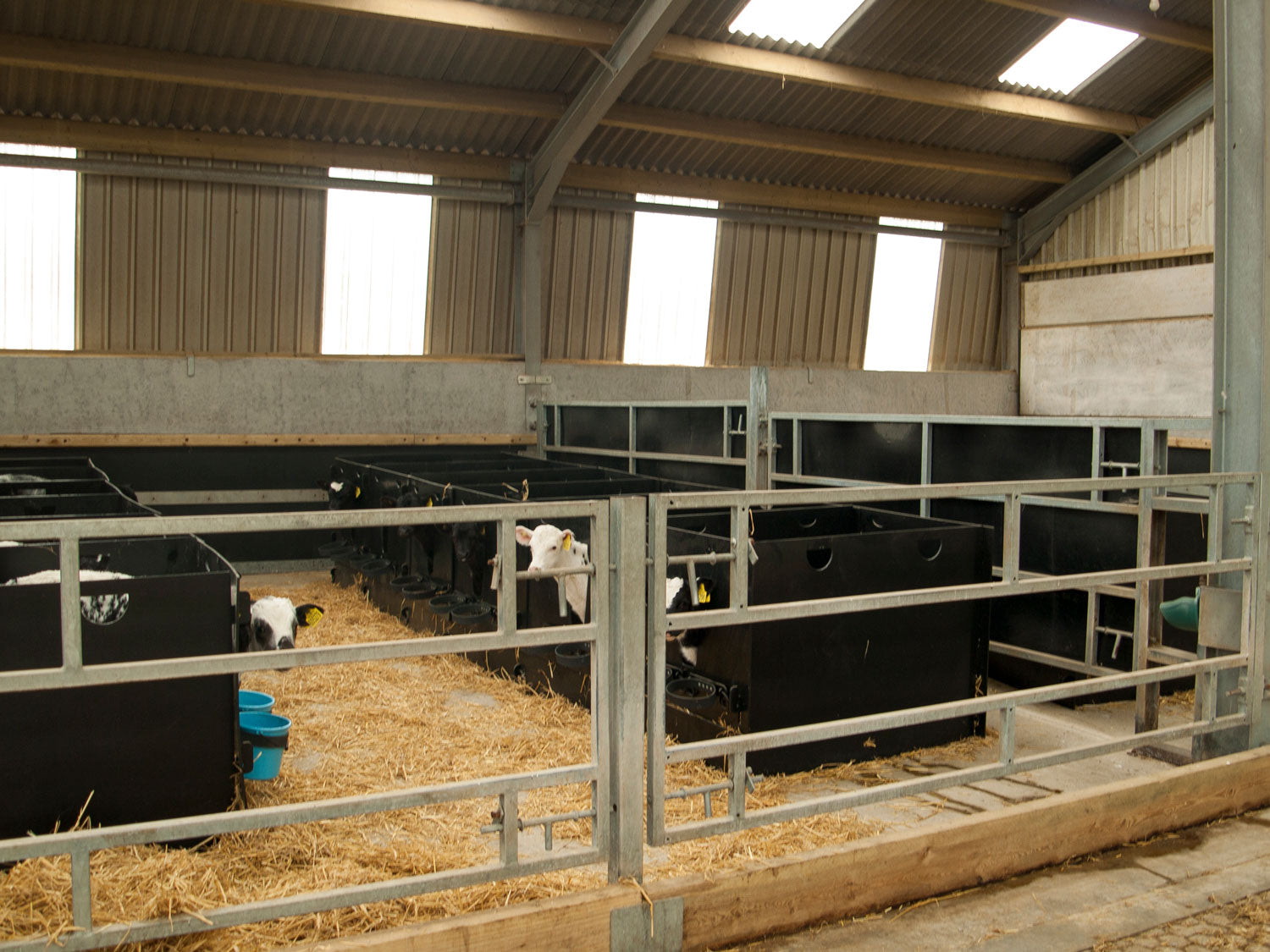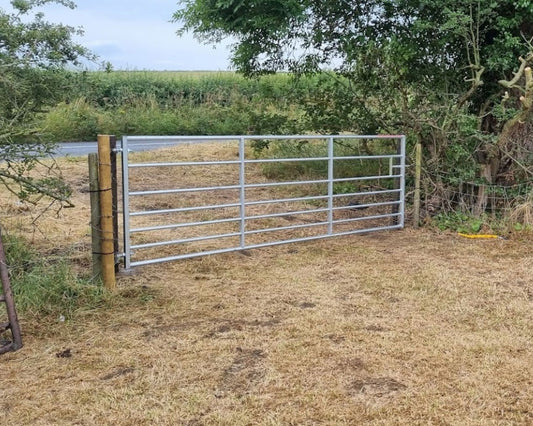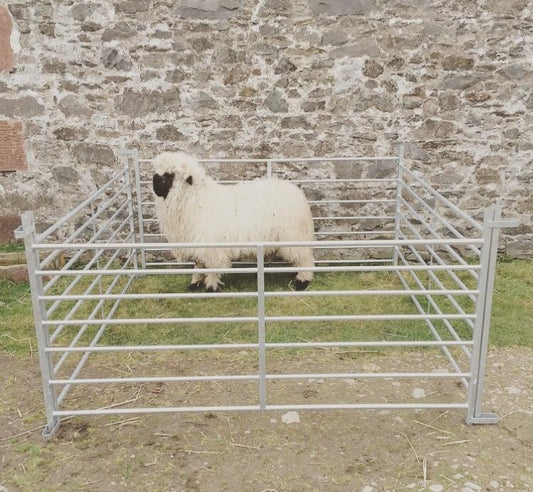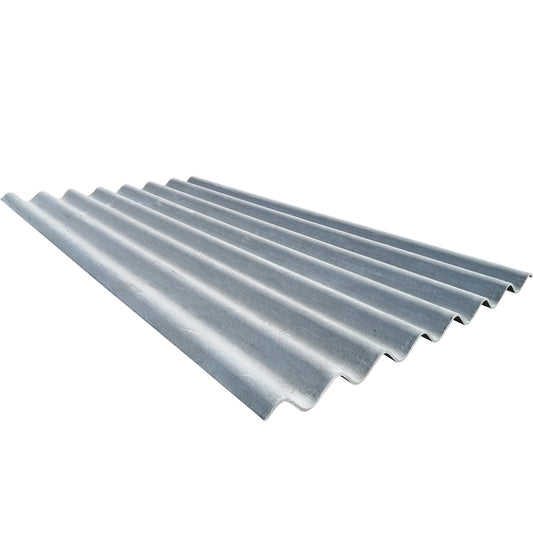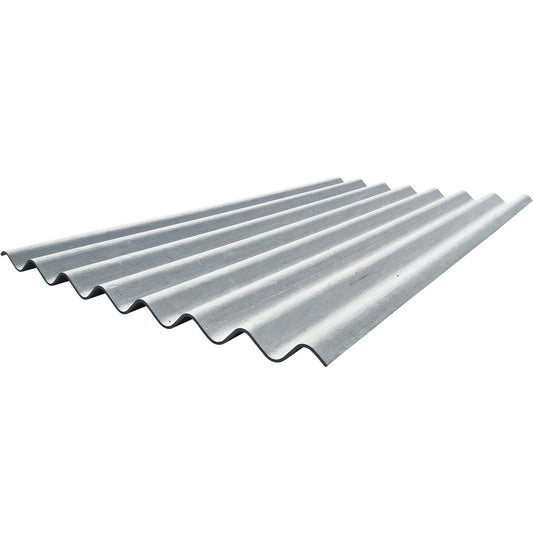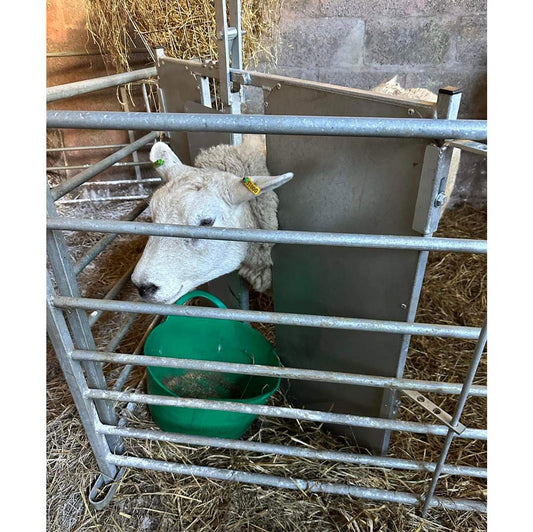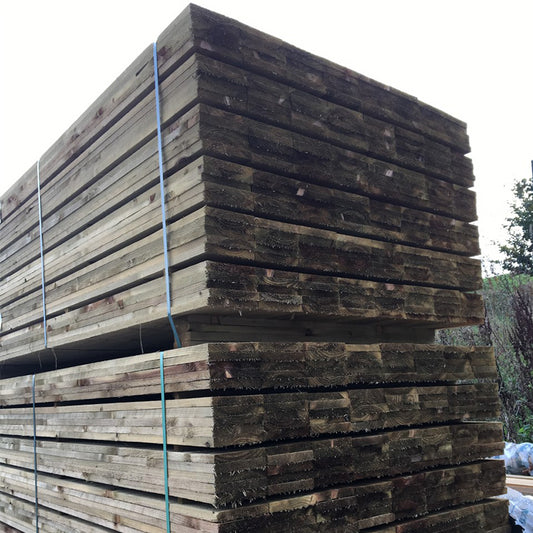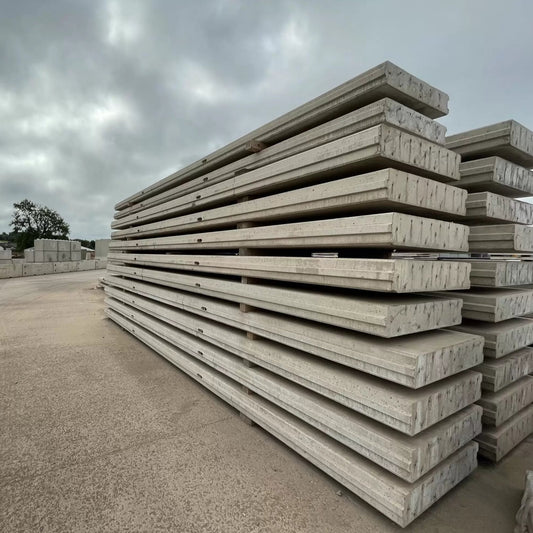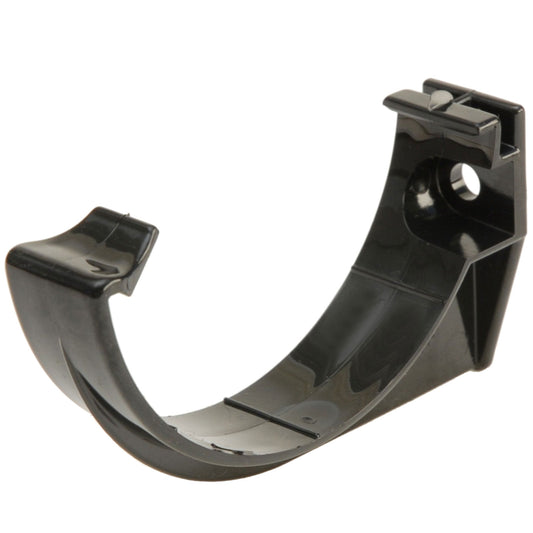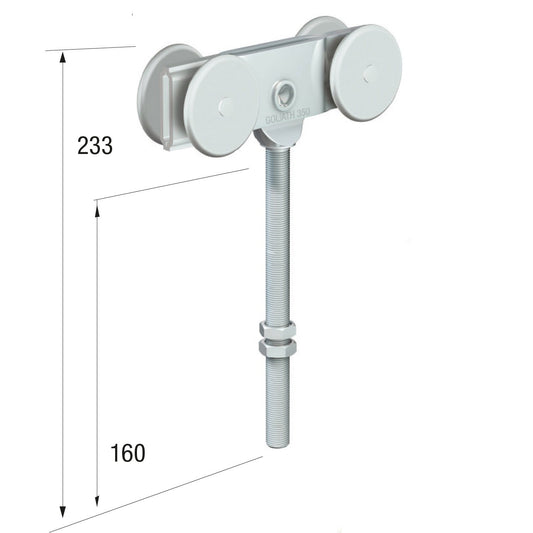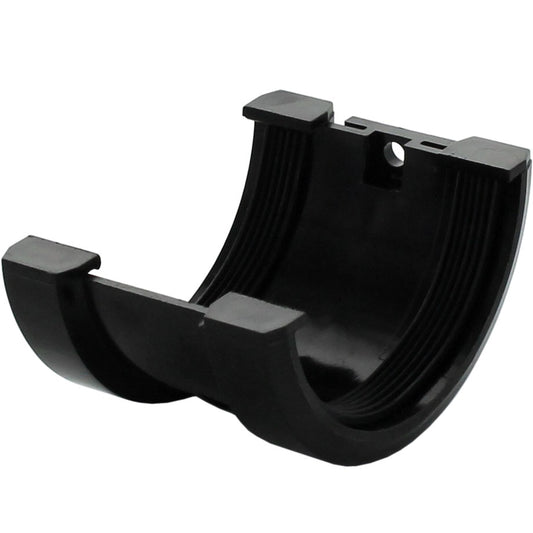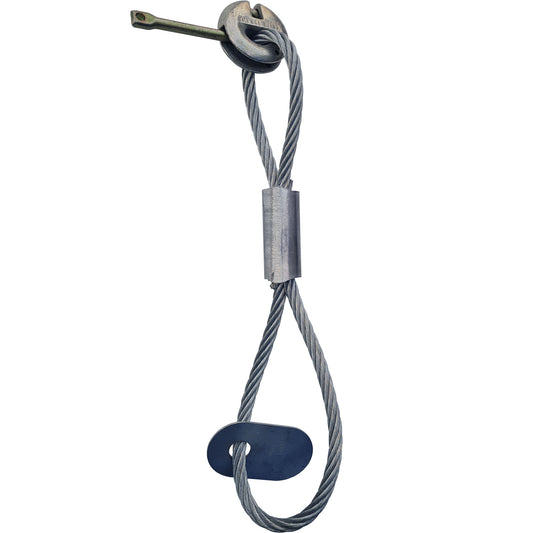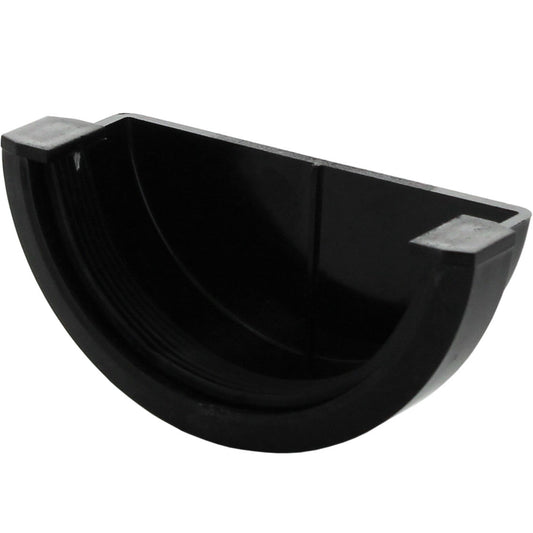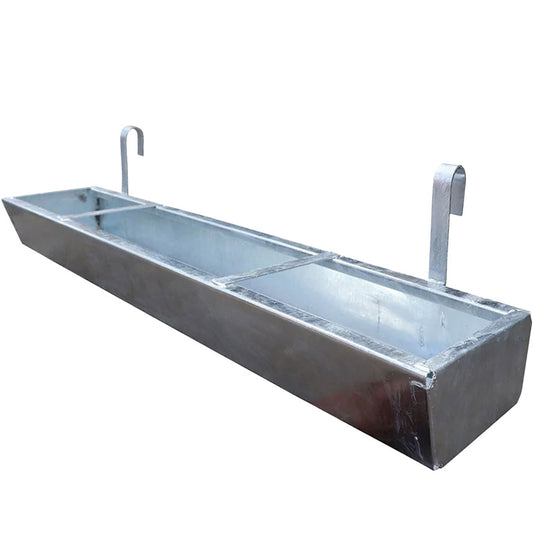📞 Call our team on 01576 204 963 📞
|
Here's how it works
Whether you’re farming beef or dairy herds, caring for your calves is one of the most important stages in your livestock’s life
The care you provide your calves sets them up for the rest of their life.
Everything you can do to increase their welfare standards increases their health, their weight gain, and ultimately the return on your investment – but no matter how much you look after them, if their home for the first weeks of their life is not up to standard you’ll never get the best out of them.
This is where our Calf Housing Design Service enters the picture. Whether converting an existing building or starting from a blank piece of paper, few areas of farming have been studied as intensively in recent years and with each new paper that gets published, there are lessons to learn – we keep on top of all this so you don’t have to! Choosing FarmFit to design your new Calf Housing means choosing a partner that will work with you through all stages of the design and construction of your new Calf Housing, taking on board all your wants and demands as well as all the latest knowledge, with the end result being a set up that works with you and your own methods of working while increasing efficiency, hygiene – and ultimately, productivity.
The process works like this:
An initial consultation
When you contact FarmFit about your new Calf Housing, you’ll be passed straight through to our expert Design Team so you can get straight to the discussion on what you want and what you need.
Starting with all the concrete details – the number of calves you need to house, your methods of working, your site and whether you’re converting an existing building or are looking for something brand new, we’ll go through everything so we can…
Design your new Calf Housing
From that initial consultation and using all the information we’ve gained from speaking with you, we will create a complete design for you, with complete plans for every aspect.
More than just 2D blueprints, we’ll provide you with 3D renders and even 3D walkthroughs* of your new Calf Housing. We find this really helps you understand how you’ll use the layout in real life, and can help you spot anything you might like to change before anybody starts…
Making your new Calf Housing
Once the plans are signed off, our factory will get to work making them. Whether you’ve just ordered internals or have chosen an entire new building, our experienced team will ensure that every element is manufactured to our exacting standard. Once all elements are made and delivered to your site, we’ll get on with…
Installing your new Calf Housing
All our equipment comes as kits, so you can choose to put it together yourself – but why go to all that effort when we have another experienced team comprised of a full range of trades that can do it all for you? From laying a concrete base (if needed) to erecting the building and fitting the internals inside, our teams will leave you with nothing more to do than…
Move your calves in to their new home!
Things to consider
While every calf house will be unique, here’s a few elements we’ve successfully used in previous projects and would recommend for you:
Collapsible content
Individual Housing for Newborns
To best keep an eye on newborn calves that are in the most vulnerable stage of their life, it is recommended to use individual pens for each calf. This way you can closely monitor the health and performance of each individual calf. However, cattle are social animals so thought must be given to the layout, with a tightrope to be walked ensuring that there’s enough social stimulation (sight, smell, sound) for each calf to ensure healthy development but enough isolation to maintain hygiene and ensure effective disease control.
Regulations state that calves must be moved to group housing by 8 weeks old, however it is recommended to move them at three weeks.
If your calf housing is to be entirely closed within a building you can use solutions such as our (highly recommended) CalfOTel Modular System, but if your newborn area is exposed to the elements, such as outdoors or within a Dutch Barn, then a closed-roof system such as the CalfOTel Comfort- or Plus-ranges is preferrable.
Pens & Group Housing
As soon as is safe you should move your calves to a group pen to ensure the calf’s social skills are developing to their fullest extent, and ideally this is where they remain until they are ready to leave for pasture.
As with the individual pens, the correct solution for you depends on whether your calves are exposed to the elements or not.
If they are contained within a building, then by far the most cost-effective solution is a standard pen with the sides and rear constructed of a solid barrier – like our concrete panels – and a feeding area at the front. The feed area will include a feed barrier, a milk feeder, and facilities for the occupants to drink water. This keeps this mess separate from the bedding area, maintaining a high standard of hygiene.
However, if the calves are exposed to the elements in any way, we would recommend a layout involving calf hutches (such as our CalfOTel group hutches) to give your youngstock protection from the weather. Again, this separates the feed area from the bedding area and can even make cleaning easier - but can reduce the amount of space available.
Feed & Water
For calves, feeding includes both liquid and solid foods, each with their own requirements for preparation and storage. It is also important to keep feeding and bedding areas for the calves separate, if possible, to reduce mess and increase hygiene.
All calf housing we design includes dedicated areas for each of these, with storage areas designed to keep feed safe and dry, preparation areas that are easy to clean, and feed areas designed to reduce wastage and mess.
Whether you like to manually dish out their milk or prefer to use an Automated Milk Feeder, we will ensure the result is not only easy to use but easy to keep clean too.
It is especially important to keep drinking areas separate from bedding areas – calves learning to drink from water bowls and troughs tend to splash and dribble! While fully-grown animals can use self-service water bowls (such as the paddle-operated F11 from La Buvette – self-operation ensures less water is left in the bowl or wasted through splashing), calves need a constant-level water bowl that always has water available for them. Our usual recommendations are either the small-sized Babylac (less water means less splashed around) or the splash-resistant LAC16, both from La Buvette.
Cleaning & Hygiene, Floors & Drainage
Approximately 50% of calf deaths are due to poor hygiene*, so it is of the utmost importance to ensure calves are kept in a clean and hygienic setting.
It is recommended to give each calf area a deep clean between residents – this is why we use materials that are non-porous and wipe-clean wherever possible. Hot-dipped galvanised steel and smoothed concrete make up the majority of the materials used in our calf housing installations, and if starting from scratch and erecting the building, we will ensure that all floors are tilted the recommended amount (a 1.6%/1-in-60 slope across the whole pen and 5%/1-in-20 in areas with expected high moisture, such as around drinking bowls and in feeding areas) to maximise drainage, with built-in and easy to clean gutters. Furthermore, we offer a range of plastic slats that are ideal to use in bedding areas as they allow effluent to pass through, which maintains the dryness of the bedding, resulting in warmer calves and less expenditure on fresh bedding. As “click-and-connect” installations they are easily to move during deep cleaning.
*Barrington et al, “Biosecurity for neonatal gastrointestinal diseases”, Mar 2002, https://www.ncbi.nlm.nih.gov/pmc/articles/PMC7135474/
Temperature & Humidity, Ventilation & Draughts
Temperature has a direct effect on the growth rate of your calves.
Simply put, low temperatures mean that calves spend more energy keeping warm and less on growth. Furthermore, continued low temperatures can have a negative effect on the calf’s immune system, leading to more ill-health amongst your livestock. High temperatures can result in heat stress where they will sweat and direct energy away from growth, instead spending energy on keeping their core temperatures down. As climate change affects our weather both situations will become more frequent, so their effects need to be taken into consideration. While calf jackets and ample bedding can negate low temperatures, the best solution to higher temperatures is adequate and adjustable ventilation, which is discussed below.
High humidity (caused by any number of sources, from wet bedding, poor drainage, even leaking roofs or guttering) presents a further challenge; it helps pathogens survive in the air and on surfaces which can affect your calf’s health, as well as increasing the “chill factor” in low temperatures. During periods of high temperatures, high humidity can reduce the effectiveness of sweating and increase the danger from heat stress. Again, adequate and adjustable ventilation is key to reducing this risk.
Draughts aren’t just uncomfortable to you and me, they can exacerbate the issues that arise from low temperatures.
The ideal temperature range to keep calves housed in is 15-20° Celsius (59-68°F) with a relative humidity of <80%. *
Adjustable and adequate ventilation is the best solution to mitigate all these issues. With a range of ventilated ridge options, positive pressure ducted airflow systems, and adjustable siding ventilations systems to work with, our team will work with you (and do all the math for you!) to ensure that the air movement in your new calf housing is ideal and encourages the calf to grow without any issues resulting from environmental factors.
*DAERA-NI, “Calf Accommodation - fit for purpose?”, Jan 2023, https://www.daera-ni.gov.uk/news/calf-accommodation-fit-purpose
Lighting & Roofing
Natural lighting helps young calves establish their circadian rhythm – and helps cut electricity bills too!
Whichever roofing solution you choose – box profile metal sheeting or fibre cement, each with their own advantages and disadvantages – we will be sure to include roof lights, balancing the amount of light entering the building against the heat build-up from roof lights facing south.
The AHDB recommends* that 10% of the roof area should allow the ingress of natural light and, if needed, should be supplemented to increase the light levels to approx. 200 lux (for comparison, I am writing this in a well-lit office, which is approximately 300 lux), as well lighting the interior of the building to a minimum of 50 lux (approximately that of your living room in the evening) during daylight hours.
Onto the selection of roofing materials – we most commonly use either box profile metal sheets, or fibre cement. Each has its’ own strengths and weaknesses:
• Box profile metal sheets are available in a variety of colours for no extra cost and are strong enough to walk on should you need access to your roof. However, they can have issues with condensation during cooler periods** and can exacerbate loud environments in buildings due to echoes from their smooth surface.
• Fibre cement roofing sheets are a more cost-effective and long-lasting solution with a lifespan up to 50 years, with anti-echo and anti-condensation properties inherent to the material. However, it is more fragile than metal sheets and while colours other than grey are available, they are optional extras.
*Agriculture and Horticulture Development Board (AHDB), “Youngstock housing – Housing layout and construction”, Oct 2023, https://ahdb.org.uk/knowledge-library/youngstock-housing/layout
**Certain box profile metal sheets are available with an anti-condensation backing, see here for more information, but this is an optional extra.
Storage Areas
Just as with our own children, rearing calves involves a lot of stuff.
From fresh bedding to feed to cleaning materials to medicines, the list goes on and on – and each item has its’ own storage requirements. Bedding and solid food needs to be kept dry, milk needs to be kept cold, cleaning chemicals need to be kept safely, medicines need to be kept securely – and they all need to be kept separate.
Any layout we design takes these demands into account with appropriate storage areas for all necessary items.
Feed Prep Areas
Essentially the “kitchen” area of your calf house, and just like the kitchen in your own house – someone will be spending a lot of time in it preparing feed for all the hungry mouths. To make this easier for you (or your staff), our team will discuss with you your routine, how you prefer to dish out the feed, even the types of feed you prefer to use, and lay out the preparation area in the most ergonomic design practicable.
Also like your kitchen at home – this area needs to be kept spotlessly clean to help prevent disease in your calves. We’ll ensure that your lay out is as easy to clean as it is to prepare feed in, with wipe-clean surfaces throughout and a minimisation of nooks and crannies.
Staff Cleaning Areas
All the effort you spend ensuring your calf house is as clean and hygienic as possible is wasted if your staff track dirt – and pathogens – in from other areas of the farm.
This is the easiest way to bring disease into a calf house – a pair of muddy boots can do more harm than almost any other avenue of infection. While you’re not expected to wear full hazmat suits, simply cleaning off your boots on entering the building can remove the majority of transmittable pathogens from entering the building with you, and using a dedicated set of boots and overalls can virtually eliminate this risk.
To help with this, our team can add in elements such as dedicated personnel entrance/exit areas where staff can change to a fresh set of overalls, include boot wash stations at every door, or design the building in way that leads to a naturally flowing one-way system.
IsolationPens
Even though we all hope none of your calves become unwell, it’s better to be prepared than risk disease spreading through all the calves in a pen.
Once a calf has become unwell the simplest way to prevent it from passing on infection is to remove it from the group to an isolation pen, where it can be closely monitored and medication can be administered without the risk of consumption by other calves. However, just as individual pens for newborns must allow at least the sight and smell of other calves so must isolation pens, to help prevent the unwell calf from regressing in its’ social skills.
Our team will work with you to fit isolation pens into your layout, in positions that suit both lower the risk of infection transmission but also do not leave the calf completely socially excluded.
Want to know more?
Contact our team to start the process, or just to find out more – we’re available on 01576 204 963, by email at sales@farmfituk.com, or complete the form below and we’ll get back to you as soon as we can:











